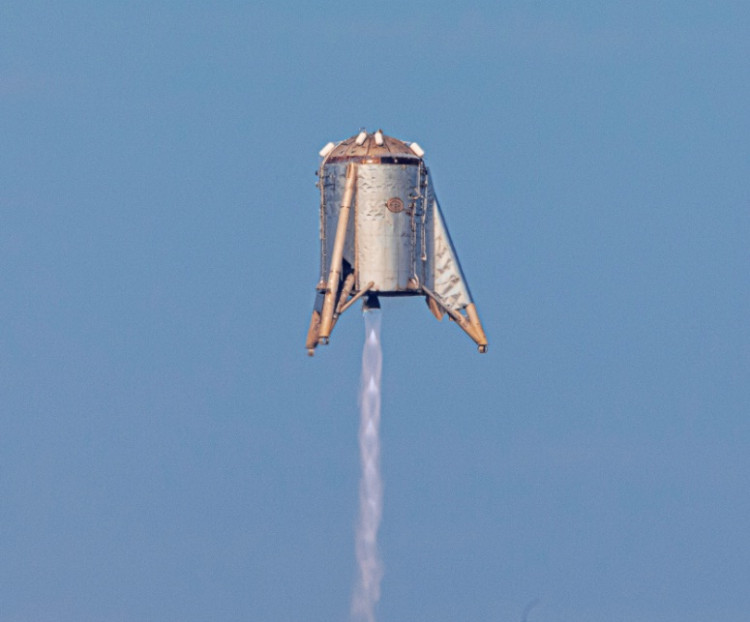Humanity's odds of landing on Mars before the end of the decade are dwindling, as prominent Martian transport developer Elon Musk has delayed his target date for visiting the Red Planet.
The creator of SpaceX revealed his lofty plan to build a metropolis on Mars in 2016. Musk wanted to launch a crewed mission to our neighboring planet as soon as 2024 at the time. Since then, the corporation has made significant progress in the development of its Mars rocket, but not quickly enough to meet the original deadline.
Musk stated on Twitter on Wednesday that he now sees 2029 as the earliest date for humans to set foot on Mars. That would mark the 60th anniversary of the first lunar landing in 1969. Musk was aiming for 2026 as recently as December 2020.
The Starship, which SpaceX is developing to transport astronauts to the moon and eventually to Mars for NASA, has completed some successful high-altitude flights but has yet to reach space.
Starship will be used for long-distance travels to and from Mars, which might take up to nine months each way. Musk plans to place approximately 40 cabins in the payload area towards the front of the upper stage.
Common areas, storage space, a galley, and a shelter would be located in the payload bay to protect passengers from solar storms, which occur when the Sun spews hazardous charged particles into space.
NASA's Artemis mission, which aims to establish a long-term human presence on the Moon, will also use Starship. The space agency gave SpaceX a $2.89 billion contract in April 2021 to develop Starship into a lander capable of sending astronauts to the moon this decade.
Musk has made noise over the last two years about how federal launch constraints are impeding the process of getting to Mars, and he recently threatened to declare bankruptcy if SpaceX can't construct the Starship's raptor engines faster.
Unsurprisingly, going to Mars necessitates advance planning. Mars and Earth travel closer to one another as they orbit the sun, then farther away again. Taking advantage of the moments when the journey between the two worlds is shortest necessitates launching within specific windows. This decade's ideal Mars launch windows are later this year, late 2024, late 2026, and late 2028/early 2029.
It appears that Musk's initial objectives were perhaps excessively high. If his target date slides much further, into the 2030s, it will be closer to when NASA has always aimed to send the first astronauts to Mars.





